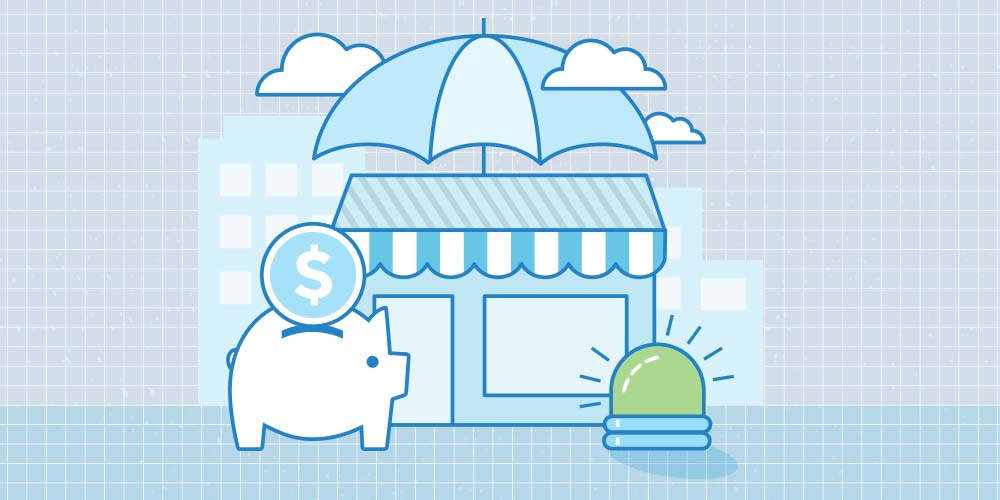It's always important for businesses to tread the fine line of investing enough in themselves for growth while having sufficient funds available to protect themselves when their plans are undermined by unforeseen events.
The past few years have underscored the need to have reserve cash or liquidity on hand. We’re living in a time of financial curveballs. The ups and downs of the ongoing pandemic, supply chain woes, labour costs, inflation, looming interest rate hikes, central bank policies, global geopolitical maneuvering and see-sawing consumer and investor sentiment are just a handful of the thorny elements businesses are facing.
So, what’s your best way forward?
Unexpected expenses are a reality for every business. So, having an emergency fund can buy you some peace of mind while giving you the ability to execute your plan when things go awry.
As with every business decision, there may be trade-offs. While you could reduce your risks with an emergency fund, you may not get the rate of return on your cash if you invested it otherwise.
For small businesses, it can be a challenge just to find the resources to create an emergency fund. Even so, there are strategies for doing so.
- Keep a minimum of 10 percent of your annualized revenue as cash on hand in the bank. Doing so may give you three or more months of instantly available emergency funds. These are separate funds that you do not use for daily operations.
- Automate savings so you’re depositing into your business’s emergency fund without even having to think about it. Figure out the amount to deposit that works for you and contribute monthly.
- Open or maintain a savings account that produces interest, or even a money market account that lets your money grow without requiring too much of your attention.
- Forecast according to seasonal revenues. If you know the months or even weeks when you are likely to experience down sales or cash flow, plan to have enough money in the bank to tide you over. For those times of the year when you traditionally gain an extra bit of operational funds with, say, an additional weekend in a month, you could use at least part of it to contribute to your emergency fund. This way, you’re saving more during your revenue fluctuations.
- When unexpected business twists threaten to impact your credit or trigger late fees, on, say, credit cards used for your business, an emergency fund can keep you on an even keel without having to worry about these issues.
- Review your plans quarterly or even monthly. During tough times, this can help you to weather ups and downs by tweaking your cash reserves. If you lose a major customer or suffer economic swings that impact your industry, you can be both nimble and cautious.
Having an emergency fund in a savings account makes sound business sense, helping you build your money and giving you easily accessible cash when you need it. Talk to a small business advisor to get started.


